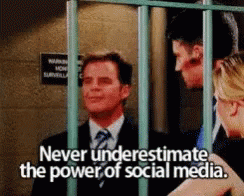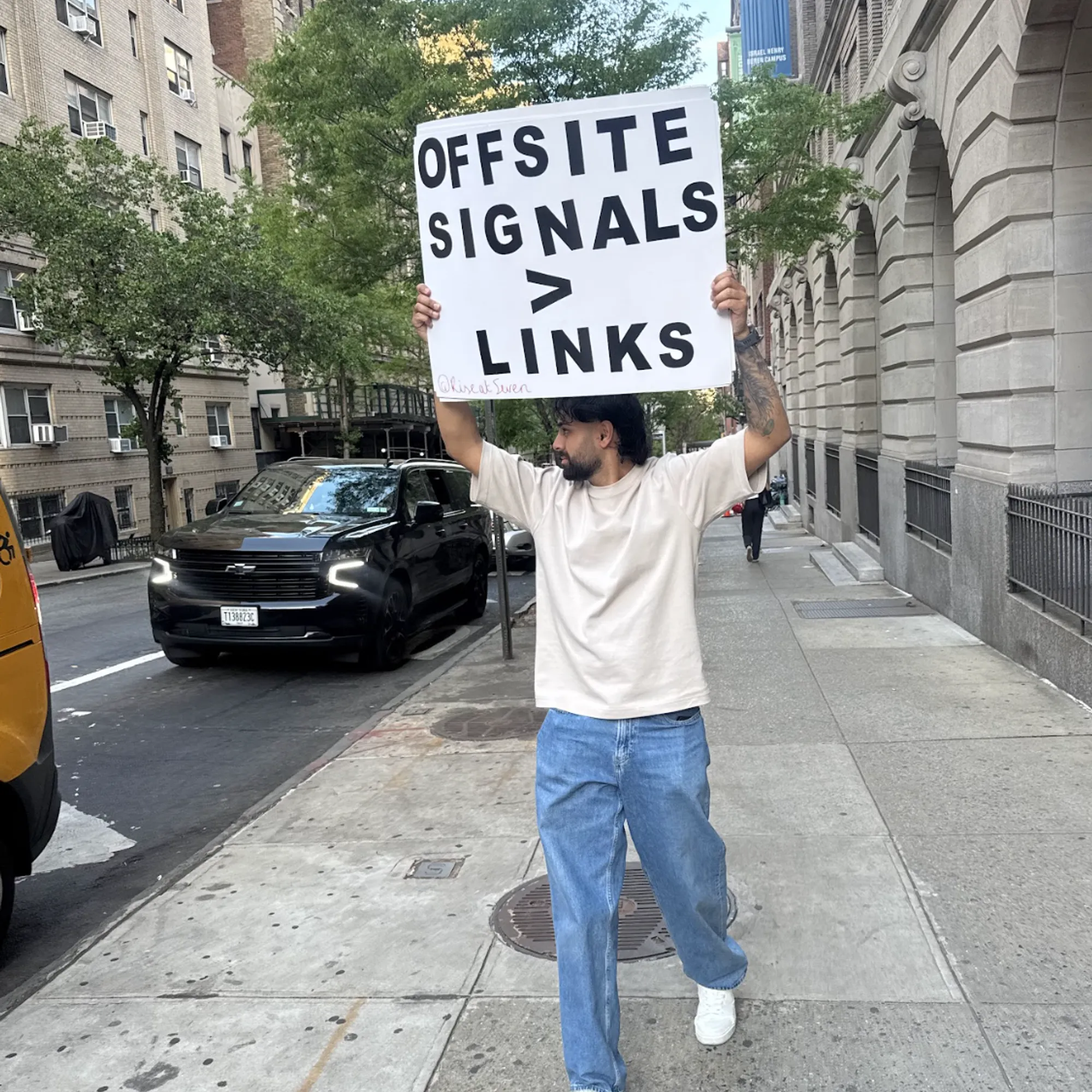
Creating and repurposing content for Digital PR

Digital PR is a growing industry and Rise at Seven have been at the forefront of it since the beginning. This relatively new way of marketing is a great method for brands to build awareness and authority, by placing themselves in the centre of relevant conversations.
Creating digital PR content for campaigns and finding those angles that press will pick up is a big part of what we do. But, as we all know, there aren’t enough hours in the day to be reinventing the wheel for every campaign, which is where repurposing existing content comes in…
Why is creating great digital PR content so important?

In short, digital PR is a great way of building brand awareness and driving traffic to your website. Having strong digital PR content to link back to can help with SEO, and can also help with getting links.
However, links aren’t our only goal…
Content, PR and SEO have to work together for a digital PR strategy to be successful. Links and relevant content together is what makes Google happy, and can ultimately positively impact rankings.
That’s because generating a link from an external website back to yours is (in the simplest of terms) a subliminal signal to Google saying, “this page has useful content that we want to talk about”. This serves as a good indication to Google that the site is relevant and, as such, should be ranking highly.
The more signals we get from unique sites with authority, the better- quality and quantity are both equally important in digital PR.
Creating content that’s ‘PR-able’
Whilst having interesting and relevant Digital PR content that’s rich with keywords is important, if you can’t pull a PR angle from it, it's not going to succeed as a digital PR campaign.
So, you’ve got the first part right, arguably one of the toughest tasks, but in order to achieve the end goal of brand awareness and driving traffic back to the site, we need to get this content in front of people’s eyes.
But, how do you know if content is ‘PR-able’? Essentially, you need to think about whether people will actually care about this. Will it actually spark a conversation? A debate even? If the answer is no, regardless of whether your content is perfect, it's unlikely to perform well as a digital PR campaign.
Ideation doesn’t have to be complex
Coming up with new digital PR campaigns might seem like a daunting task, but it doesn’t need to be overthought. In fact, the most simple ideas often perform the best.
For example, one of our clients, Chill Insurance, produced a campaign to look at the most dangerous Christmas songs to drive to after finding out that songs with over 120 beats per minute are linked to increased dangerous driving.
This particular campaign actually went viral in the US, appearing on five TV shows after people were stunned to learn that the popular (and innocent) ‘Frosty the Snowman’ was the most dangerous Christmas song to drive to.
The idea began because we were trying to think of a campaign that would be relevant through the Christmas period for this specific client. The results of this campaign show just how successful a simple data piece can be - you just have to think outside the box a little bit.
It’s always a good idea to look at upcoming popular National Days such as Valentine’s Day or Easter as a starting point, as you know that this type of content will be super relevant in the media at that point in time.
Consider how National Days could work for your client. Referring to the example above, Chill Insurance is an insurance client, so the idea ticked two boxes: being relevant to talking points within the media, and being relevant to the services that they offer. This is why it was so successful.
Finding angles within your content to reach multiple niches
One of the most valuable things I’ve learnt so far during my time at Rise is that when you're creating and coming up with ideas for digital PR campaigns, having multiple angles within the data/digital PR content is key as it gives you a wider breadth of scope with your outreach.
Our latest campaign for Student Beans, ‘The UK’s Best Cities For Vegans 2022’, meant we had a huge scope of who we could reach, including food writers, vegan writers, health writers and all regions that were mentioned in the ranking, to name a few.
Speaking of content with regional angles, these are gold. I’ve seen some real success from campaigns with regional angles because cities/states love to know when they come out on top.
With this being said, you shouldn’t always rely on this style of campaign. It’s important to expand your backlink profile from an SEO standpoint, so finding strong national hooks within your content or reaching niche publications relevant to your client is just as important. Like we said earlier, quality is just as important as quantity.
Why is repurposing content important?
One of the main reasons we try to repurpose content where possible and relevant is because it will save you a huge amount of time.
Most of our clients are creating some of their own really great content internally, which can provide a great foundation for a new reactive or starting point for a new campaign.
Armani Lane, Digital PR Manager and PR Lead for Chill Insurance, has shared some really great advice for us when it comes to repurposing existing client content:
“Part of our strategy for our client Chill Insurance is making their existing blog content work harder. Through repurposing blog content, we've been able to send journalists ready-made, expert advice on topics such as saving for car insurance, protecting your home in storms and driving in the winter.
“We collaborate with our in-house content team too, preplanning thought leadership pieces. We've landed some amazing links through this, and it makes the client’s life easier too, as they don't have to screen releases or run ideas through compliance."
The types of content we can repurpose easily
Aside from blog content, there are plenty of other forms of content that can be repurposed.
I make it a habit to regularly look at my clients' socials to keep up to date with any internal content they are creating. Often, there is something in the educational/informative posts which we can then expand into expert advice, so the client is seen to be at the forefront of these important conversations.

It’s also useful to look back at existing campaigns and reactives that have worked in the past, especially if there is a seasonal element to them.
This may be an unpopular opinion, but you don’t need to reinvent the wheel every time. I’m not saying that you should copy pre-existing work completely, but look at the elements that worked and make them even better by finding new pieces of data that really give your release the edge, or include commentary where possible if you haven’t previously, for example. Don’t let good content or existing work go to waste.
If you want to hear any more about creating PR-able content, or the best ways to repurpose existing content, then connect with me on LinkedIn or Twitter.
Want to create banging digital PR content with us? Get in touch.















